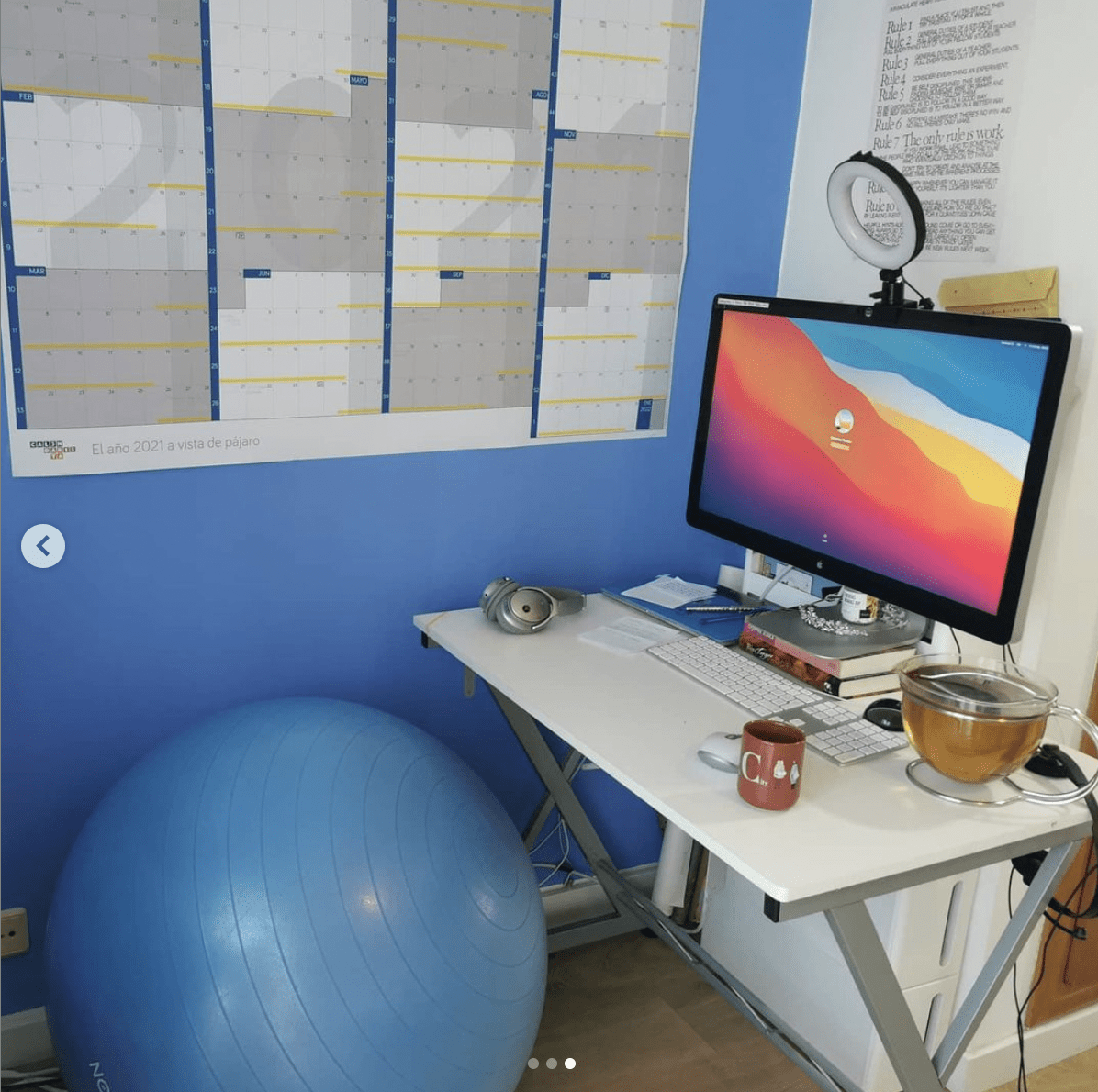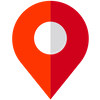Introduction:
Hey there, I am Valentina Thörner, Empress of Product at Klaus. I’ve been working remotely for about a decade, and this year was definitely the most atypical of those.
Being a single mom to 5-year old twins, remote work allows me to have a career, enjoy my kids, live somewhere unique, and create a lifestyle that works for me. I don’t believe in work-life balance; instead, I thrive for sustainable work-life integration where I do not need to neglect one for the benefit of the other.
Current Gig?
Empress of Product at Klaus (a Conversation review and QA platform for support teams) and Remote Leadership Facilitator for managers who want to thrive in remote or hybrid work environments.
Current Location?
I live and work mostly from Spain, dividing my time between a flat close to bustling Barcelona (and my kids’ pre-school) and a mountain house somewhere in the province of Valencia. Currently, I am in the mountains.
Where can we follow you on the Internet?
Describe how you work in 10 words or less?
Writing, thinking, commenting on docs before discussing on a call (if still needed).
Tell us a little bit about your background & how did you get started with remote work?
About a decade ago, I transitioned from an in-company job to freelance and self-employment. At Yahoo, I experienced the joy of a hybrid workplace, and Automattic taught me how to scale a fully remote organization. After that, I honestly don’t remember going to an office.
What job responsibilities do you have?
At Klaus, I am in charge of the Product Division, making sure our Product Managers and Designers are well aligned with the Engineering team, and we are all working towards the same overarching goals. To make sure those goals are relevant, I have regular conversations with key customers and customers-to-be. And then there’s a lot of Slack discussions.
Take us through your typical weekday?
My typical weekday depends on whether the kids are with me that given week and whether it’s a school week or a vacation. That’s what I mean by work-life integration. So I might start at 7, or 10 am, depending on how it works with the other variables in my day.
The typical day always includes checking my calendar for any last-minute changes and then focussing on the first big task of the day. Then I check Slack, email to ensure if any current issues require my attention. Recurring meetings are mostly scheduled for Tuesdays and Thursdays, and Wednesdays and Fridays are mostly meeting-free for uninterrupted deep work.
I aim to define one or two priorities for each day the night before - this means I can dive right in the following day. And I am a dedicated Todoist user. It’s my second brain, included reminders like “follow up on xyz if no answer by Tuesday.”
DailyRemote Tip: Follow a laid-out work-from-home schedule to increase productivity and efficiency during remote work.
What’s your workspace setup like?
I connect my MacBook to an old Thunderbolt display in my Barcelona home, topped with a ring light. Then, when traveling, I either plug into any available screens or prop up my laptop on my Dragonfly stand.
I use the Logi MX Anywhere 3 Mac Mouse and the Logi MX Keys Mac Keyboard because they easily switch between my work laptop and my home computer. And, of course, my Sennheiser SC 60 headset has such a great mic that my audience never realizes that there might be kids chasing after each other in the adjacent room.
We listed the best headphones for remote work to get some tunes going while working.

What apps, gadgets, or tools can’t you live without?
Definitely, Todoist keeps track of my tasks across the board and Roamresearch for note-taking and registering what I have accomplished. Privately I track my running via Strava and my reading on Goodreads and Storygraph. The latter has slightly better recommendations; that’s why I track on both.
How do you keep track of what you need to prioritize?
Todoist. Plus regular conversations within the executive team.
Aside: We also recommend following a daily routine and maintaining a to-do list while working remotely. You can turn the productivity ship around by following simple tips.
How do you recharge or take a break?
My body loves running; my brain loves to escape to fantasy worlds, preferably with starships or dragons and strong female leads.
What are you reading currently? What do you recommend?
The Indranan War Trilogy and its sequel, the Farian War Trilogy by K.B. Wagner are fascinating - especially because the main character is a roughly 40-year-old woman who knows what she wants and is aware of her complexities.
It’s not a coming-of-age, but rather an accept-and-mold-your-responsibilities story, a refreshing take on storytelling. And if you prefer dragons to starships, check out A Natural History of Dragons: A Memoir by Lady Trent by Marie Brennan.
Advice for someone who is looking to switch to a remote job?
Given the current circumstances, be very clear about what you expect from a remote job. Do you want to work from home, from your city, from your time zone, or anywhere? Do you enjoy a synchronous environment, or are you comfortable with asynchronous communication? The better you can define for yourself what kind of work makes you perform best, the better you can vet companies for what they can offer.
Remember in your interviews that this is a two-way street. Companies are interviewing you, but you are also interviewing them, so make sure you have the right questions prepared.

What qualities would you recommend are a must-have for a person seeking a remote job?
Writing well is a skill you can learn - and if you want to go remote and asynchronous, writing well is a necessary skill. So start writing longer form than just your daily tweet.
Practice blogging, or writing newsletters, or journaling - and get in touch with other people in your field to learn from them. Remote does not mean lonely. It does require self-direction, though. To connect and share.
And if you are a manager or leader, I strongly recommend looking at the differences between in-office leadership skills and remote leadership skills. And if you want to learn to be a better remote leader, check out the Remote Leadership Accelerator by yours indeed.
What according to you are the pros and cons of remote work?
It all depends on what you want to achieve. What would be the pros and cons of in-office work? It’s not the location that makes the difference, but whether you can set up an environment that optimizes for your goals.
If you want to create strong bonds among colleagues, you can achieve that with daily lunch. Or you can bring them together every 4-6 months for a week of intense experience creation. If you want to foster productivity, you can closely monitor people 8 hours a day, or you can clearly state what you expect every week. Location is just another tool - except that employees themselves might feel strongly about that tool, so including their preferences makes sense.
Want to work remotely like Valentina? We recommend going over the list of top remote companies hiring. Go over our guide to see how companies hire remote employees and learn essential qualities a remote employee must have. If you are searching for a remote job, study these common questions remote workers usually ask. Finally, join like-minded people in our LinkedIn and Facebook community.

